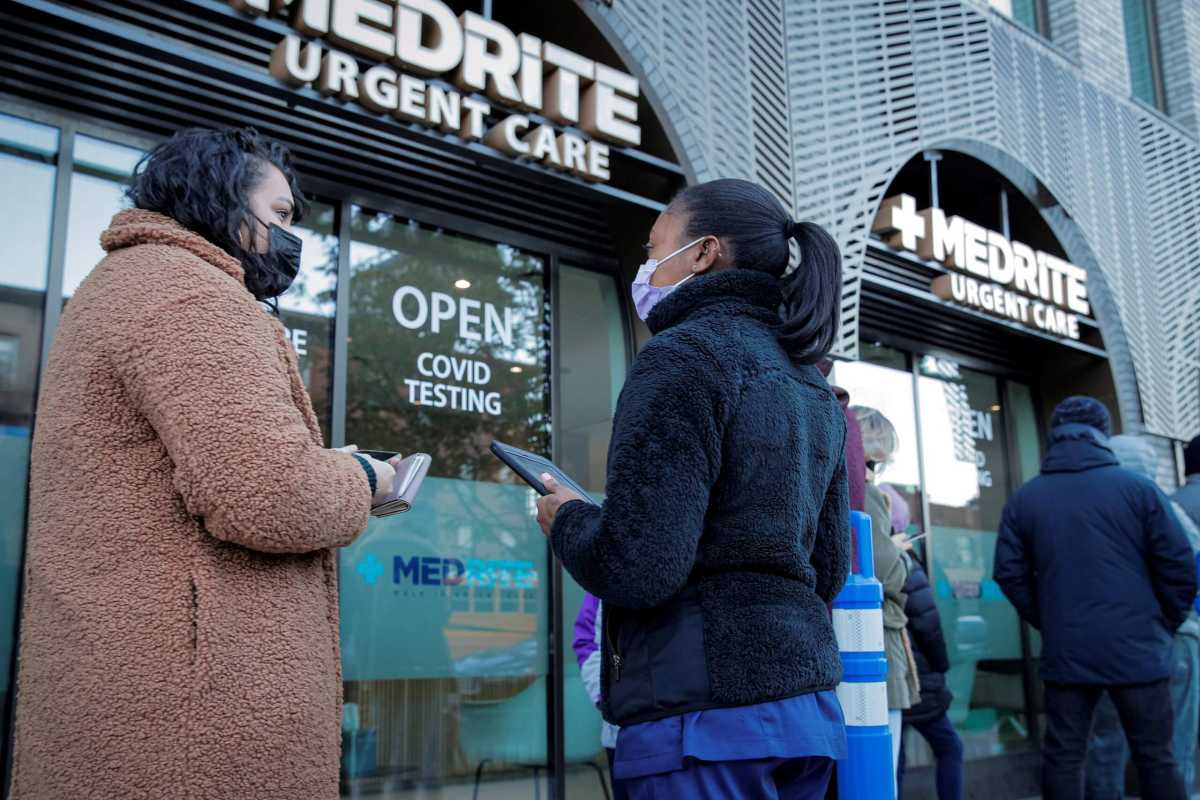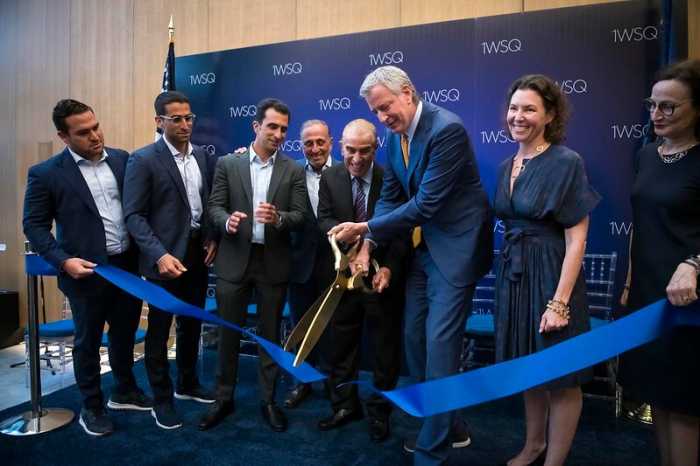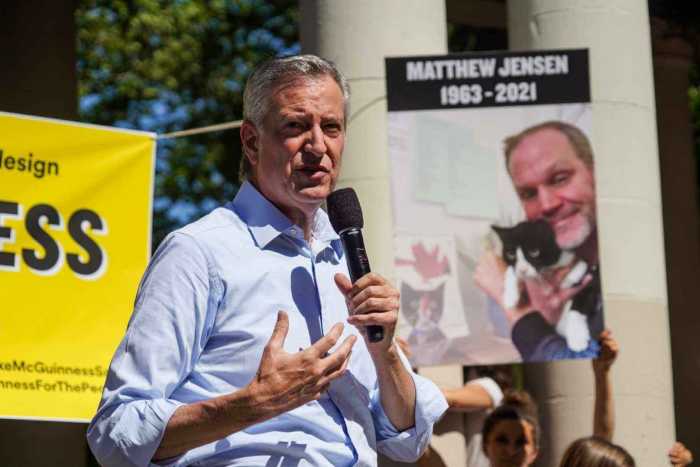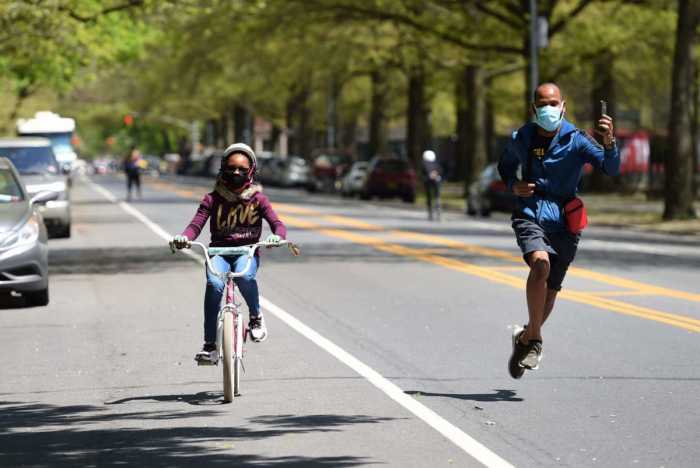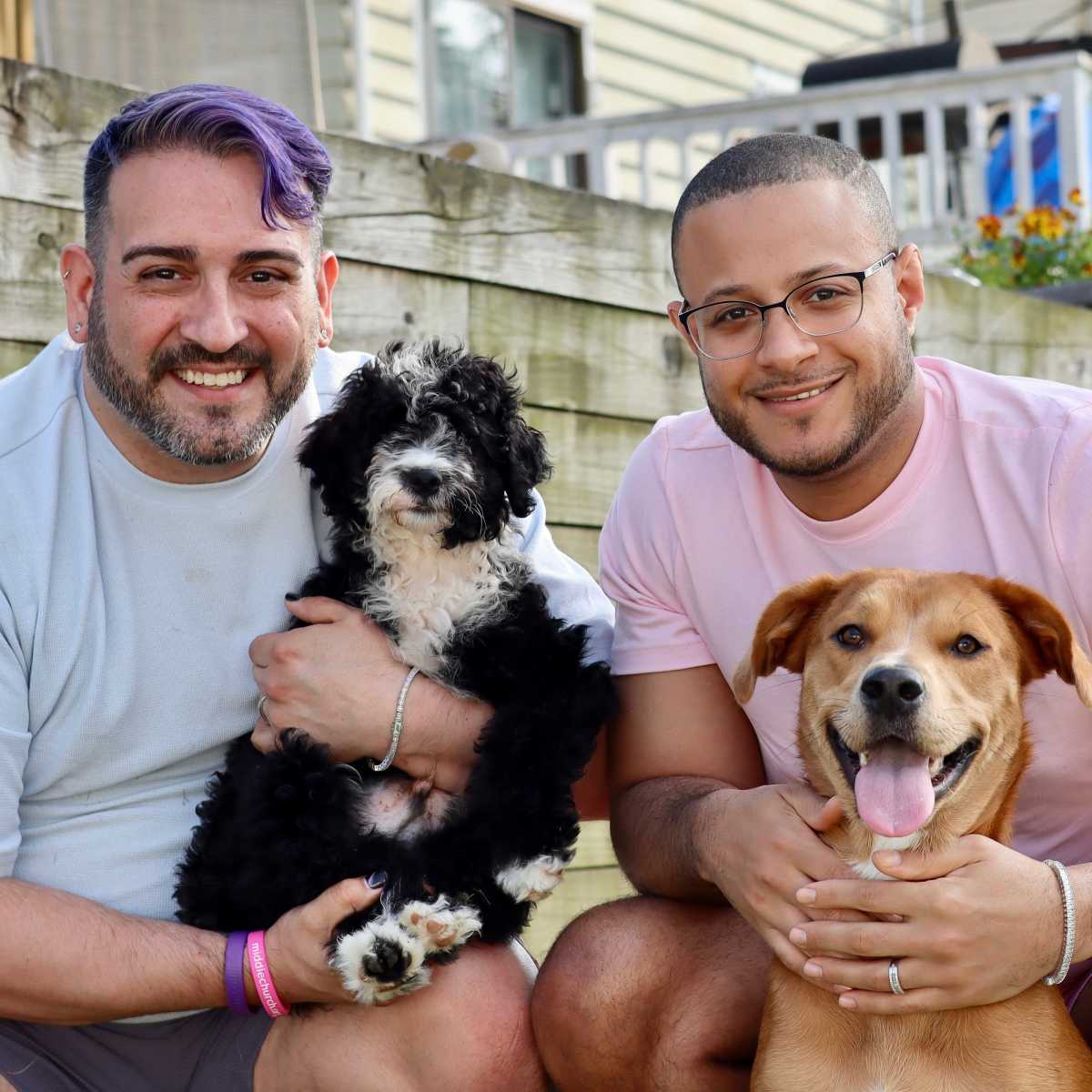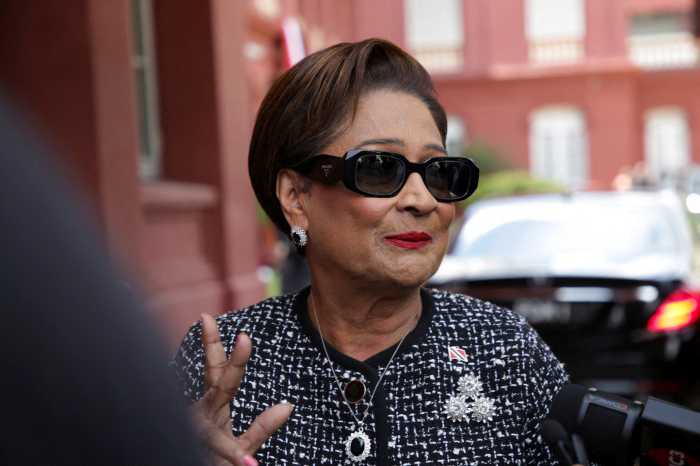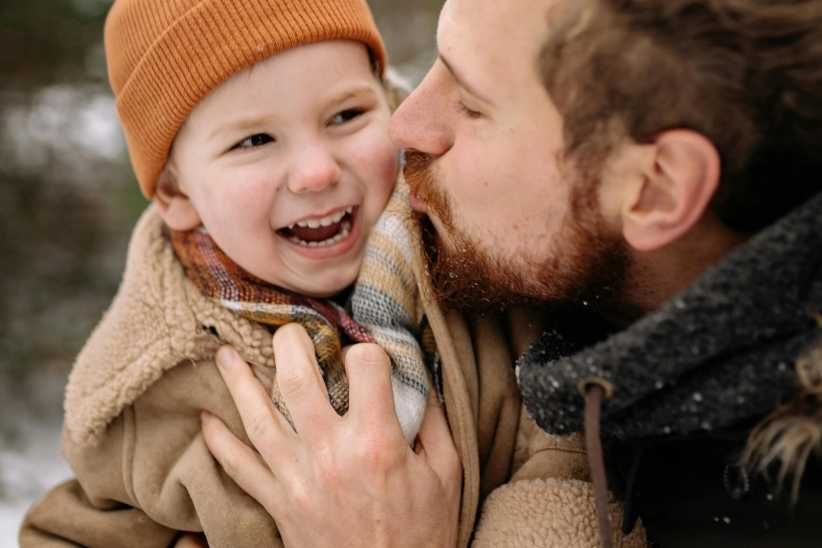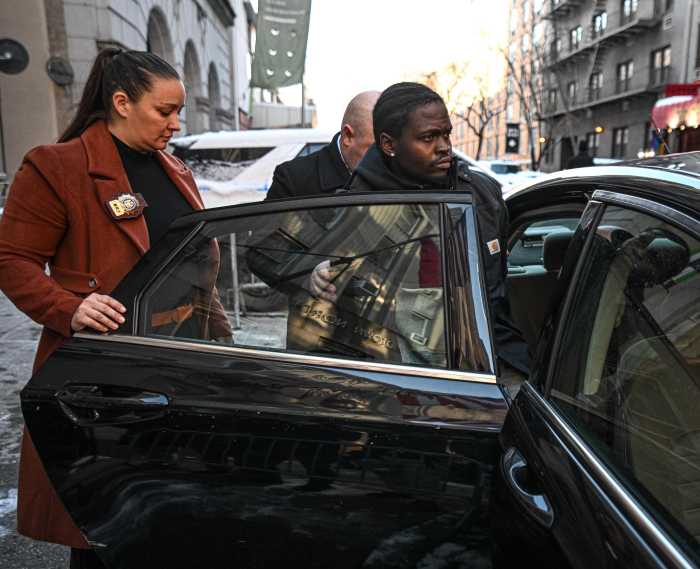Brooklyn’s recovery from the coronavirus’s onslaught has hit a snag, as the Omicron variant begins its rampage across New York City — causing a substantial increase in caseloads and heightened anxiety among borough residents.
The new variant, first identified just a few weeks ago, has upended the lives of Brooklynites just a week out from Christmas. Earlier this week, Gov. Kathy Hochul gathered with the borough’s captains of business and government to celebrate Brooklyn’s remarkable recovery from the doldrums of the pandemic era.
Now, Hochul is warning New Yorkers that the state is in for a “rough ride,” the city’s Health Commissioner Dave Chokshi is advising of an “alarming trend” of increasing caseloads certainly linked to Omicron, restaurants are shutting down after workers test positive, parents are bracing themselves for possible school closures (while some like the Eagle Academy in Ocean Hill indeed closed down, one of three citywide just on Thursday), and testing sites are seeing lines around the block as a crush of New Yorkers seek out a positive or negative diagnosis.
Dr. Dave Chokshi, the city’s Health Commissioner, told reporters at Prospect Park on Thursday that the 7-day average positivity rate in the five boroughs has tripled in the past month. “The data that we monitor so closely is showing an alarming trend,” Chokshi said. “Omicron is here in New York City, and it is spreading quickly.”
Researchers at Columbia University published a study this week finding that Omicron is “markedly resistant” to vaccines and antibody therapy. Scientists in Hong Kong, meanwhile, found that Omicron multiplies 70 times quicker than the Delta variant in the bronchial tissue, the tubes which transport air between the lungs and windpipe, which could help explain the variant’s rapid transmissibility. The jury is still out on Omicron’s disease severity, but the same Hong Kong researchers found the variant multiples slower than Delta in the lungs, which could mean it causes less severe COVID-19.
The city’s latest data on variants, from Dec. 4, showed 96 percent of cases tested for variants as still being Delta, while 3 percent at the time were Omicron. Omicron’s share has undoubtedly increased manifold since then. As of Dec. 4, only 10 percent of positive tests were subject to further tests to determine variants.
8,318 people tested positive in the city on Wednesday, a massive jump from the 3,124 positive tests recorded on Monday, according to state Health Department data. The seven-day average positivity in the same two-day period jumped from 2.9 percent to 3.6 percent. In Brooklyn, the number of positive tests jumped from 972 on Monday to 2,477 on Wednesday, with the seven-day average going from 2.8 to 3.4 percent, while the weekly average number of cases per 100,000 residents rose from 42.01 to 52.66.
On Dec. 1, those numbers in Brooklyn were 718 positive tests, 1.9 percent 7-day average positivity, and 18.84 cases per 100,000 residents.
In Brooklyn, the ZIP code currently holding the highest positivity rate is 11229, which covers Sheepshead Bay, Homecrest, and Gerritsen Beach, at 7.58 percent, according to city data. South Brooklyn in general is dealing with higher positivity rates than is North and Central Brooklyn at present.
Brooklyn’s 7-day-average cases per 100,000 residents is at about 310, slightly below the 311 citywide average. Brooklyn has a lower rate than Staten Island and Manhattan but a higher one than Queens and the Bronx.
Hospitalizations have increased in the city as Omicron drives up the case rate, but the good news is that the rise in hospitalizations has not been as dramatic as the rise in case rates. 143 people were admitted to city hospitals on Wednesday, and 43 percent of those people tested positive for COVID, largely in line with rates throughout December, but that of course could change. The number of hospitalizations per 100,000 residents has increased a good deal, however, from 0.97 on Dec. 2 to 1.47 on Dec. 15, and in Brooklyn, the 7-day average jumped from 20 on Dec. 1 to 30 on Dec. 13.
The number of deaths has remained steady, though that also could be subject to change: Brooklyn’s 7-day average in terms of COVID deaths was 3 on Dec. 13, down from 4 on Dec. 1.
If you’re looking to get tested, you are not alone. Virtually every testing site is currently mobbed. You can still get tested at the borough’s public hospitals, at pop-up mobile vans, or at “micro-sites” offering saliva-based PCR tests, along with a wide array of privately-run clinics, but unfortunately you are likely to encounter a hefty queue anywhere you go: wait times at most sites are hovering around a minimum of 30 minutes, and usually more, with lines often wrapping around the block.
The city recently beefed up its convoy of mobile testing vans driving around the city, but it also closed down a substantial number of brick-and-mortar testing sites just weeks before Omicron hit, The City reported. Mayor Bill de Blasio said Thursday that the city will start to open new brick-and-mortar testing sites to handle the Omicron testing crush, and that existing sites will have expanded hours.
Another option is an at-home rapid test: the city announced Thursday that it would start distributing 500,000 free at-home rapid COVID tests through events hosted by partner non-profits. You can also buy at-home testing kits at many pharmacies, but they’ll probably put you out $10-15 a pop.
Despite Omicron’s “marked” vaccine resistance, meaning breakthrough infections could become common, researchers still find that those with booster shots are better protected against severe illness than those with two doses (to say nothing of the advantage double-vaxxed people have over unvaccinated people).
Chokshi said Thursday that Health Department data showed unvaccinated New Yorkers are eight times more likely to contract COVID than their unvaccinated counterparts, and 13 times more likely to be hospitalized, though the data does not appear to have been released publicly. State data last month showed unvaccinated people are ten times more likely to be hospitalized with COVID than vaccinated people.
The mayor said Thursday that the city would launch an “aggressive” advertising campaign to promote booster shots amidst the Omicron wave.
Citywide, 71 percent of New Yorkers have been fully vaccinated, including 82.3 percent of adults. Over 90 percent of adults have received at least one dose. In Brooklyn, 65 percent of residents are fully vaccinated, tying Kings County with the Bronx as the least vaccinated borough.
A significant portion of the unvaccinated population now consists of children, who only recently became eligible for the jab. In an op-ed for Brooklyn Paper’s sister publication amNewYork Metro, Chokshi noted that the percentage of total cases that are school-aged children has, in the past 30 days, been double the pandemic-era average.
“I urge everyone to get your child vaccinated as soon as possible,” Chokshi said.


